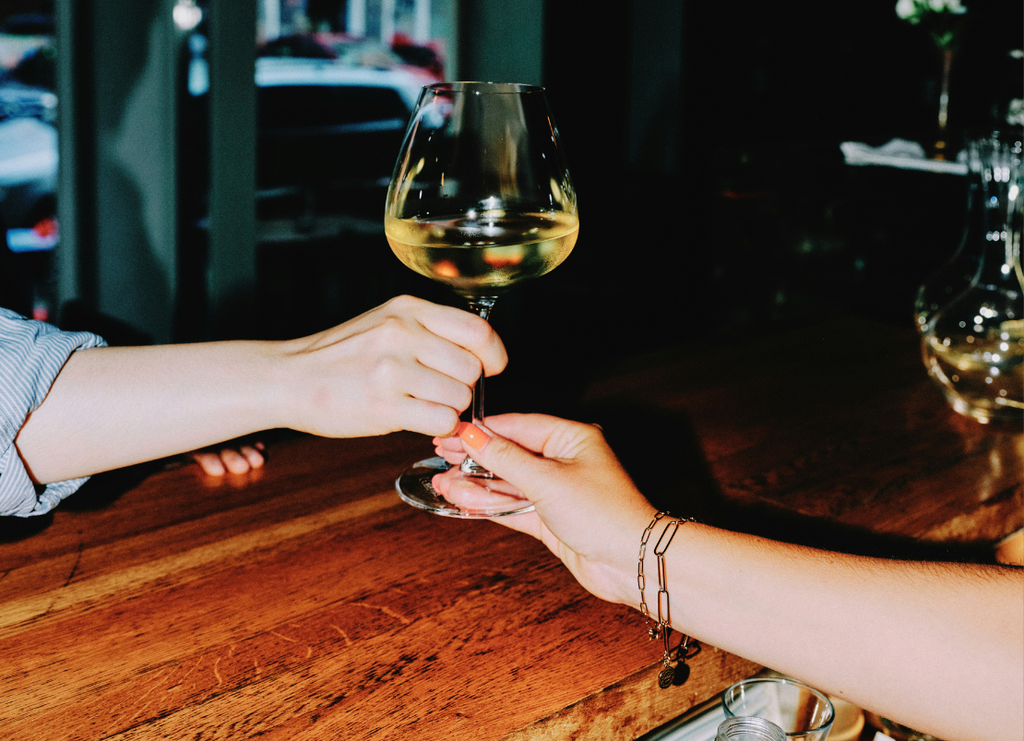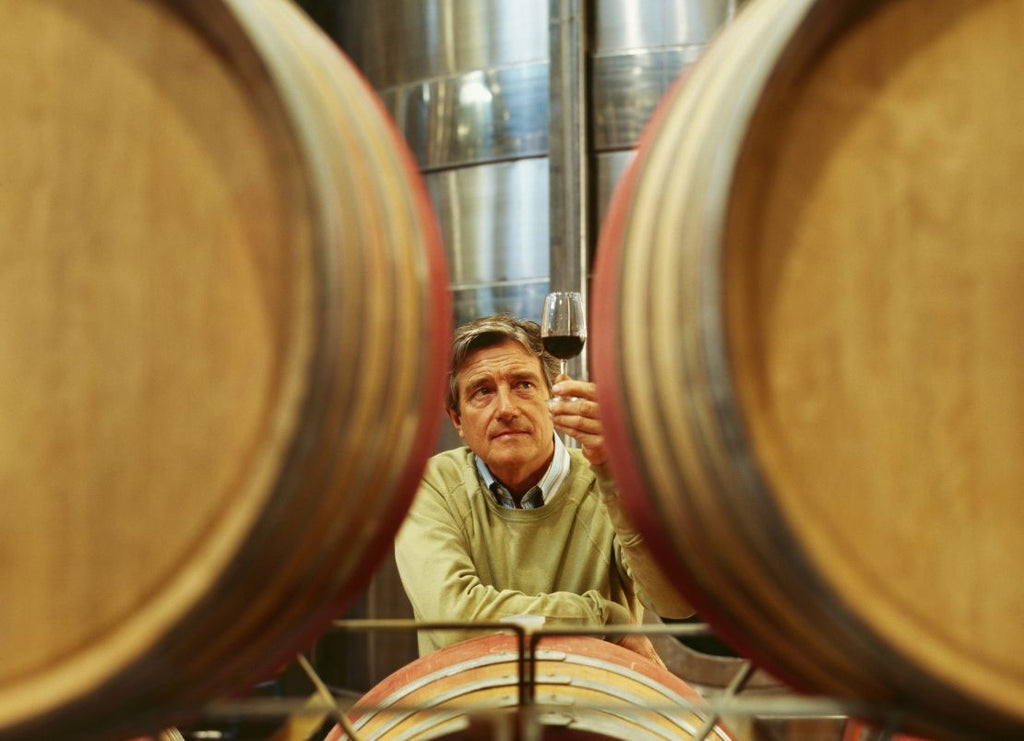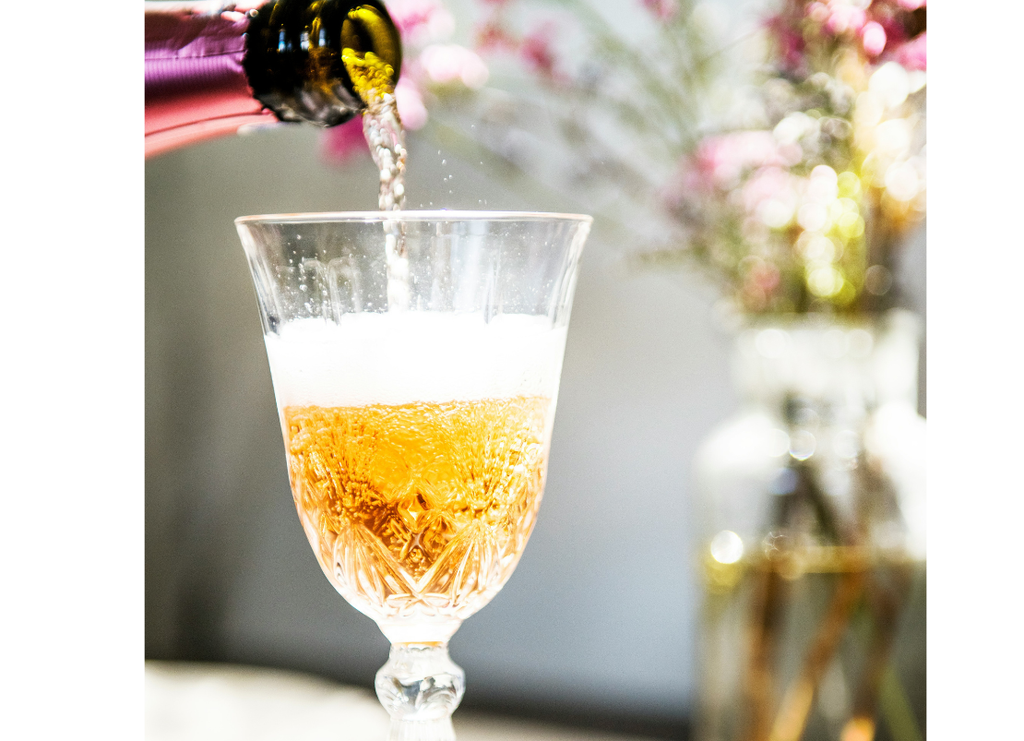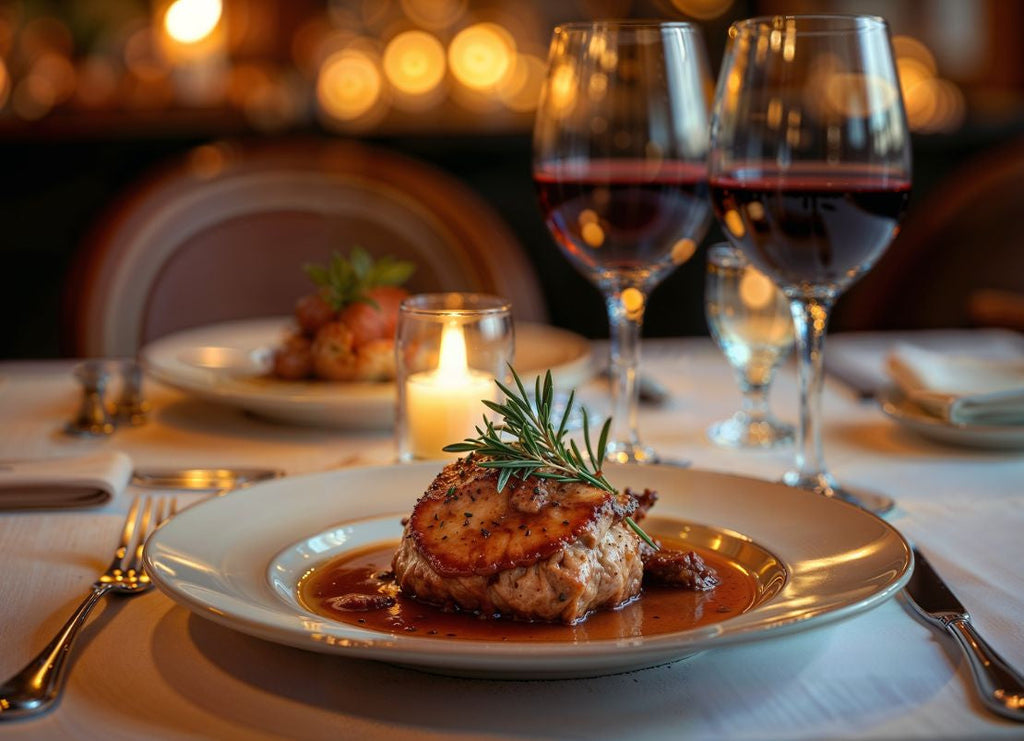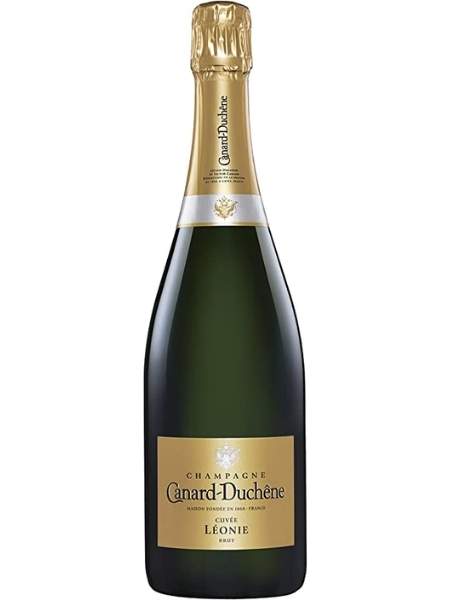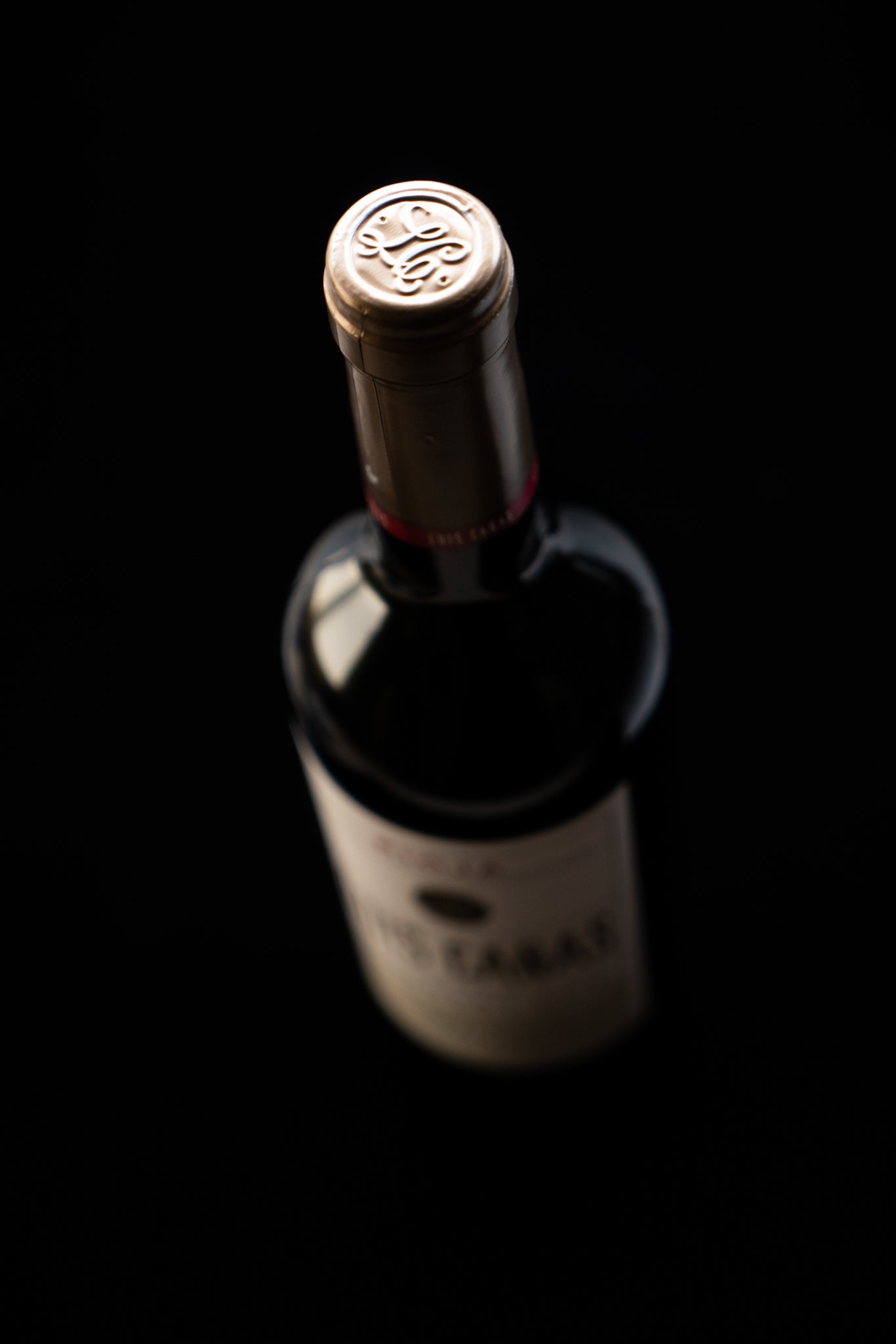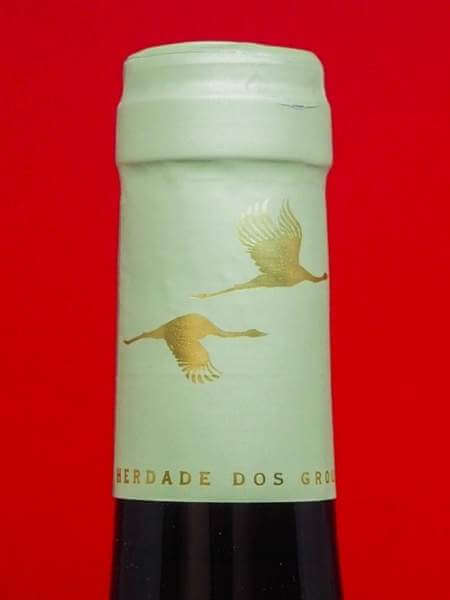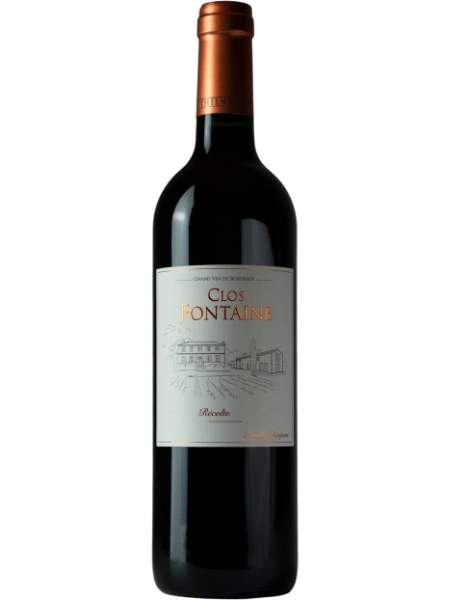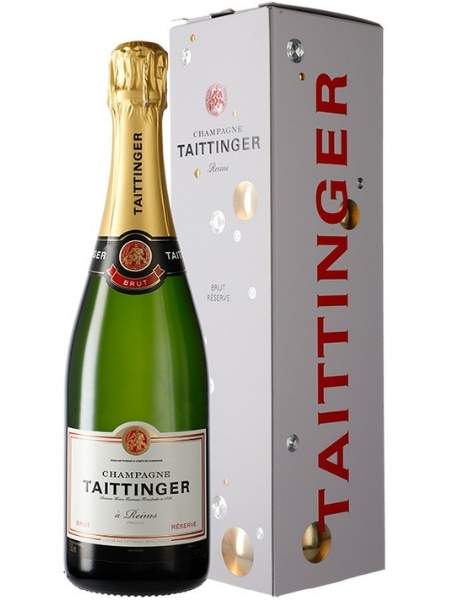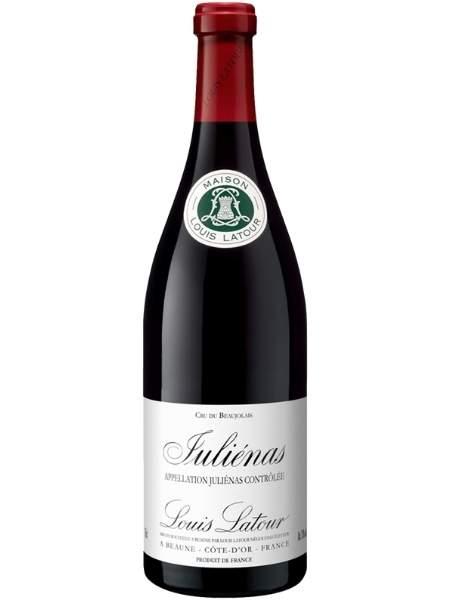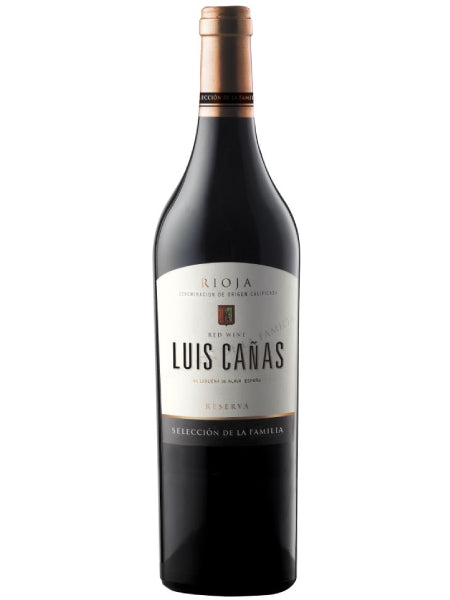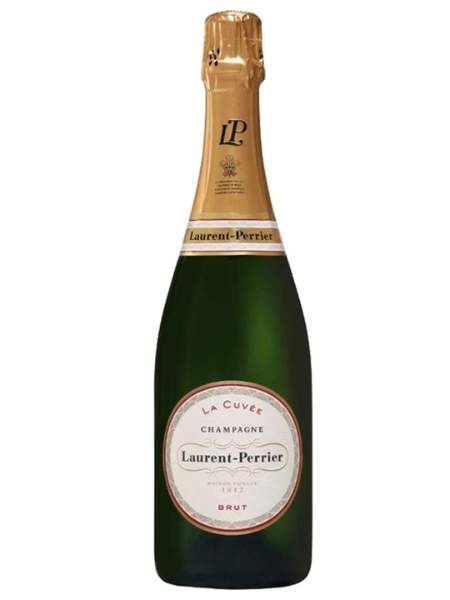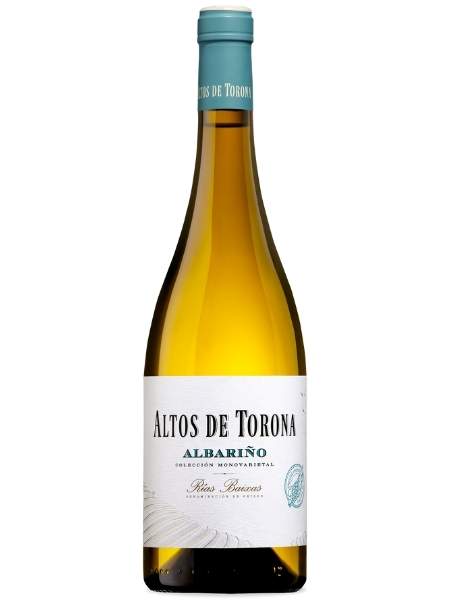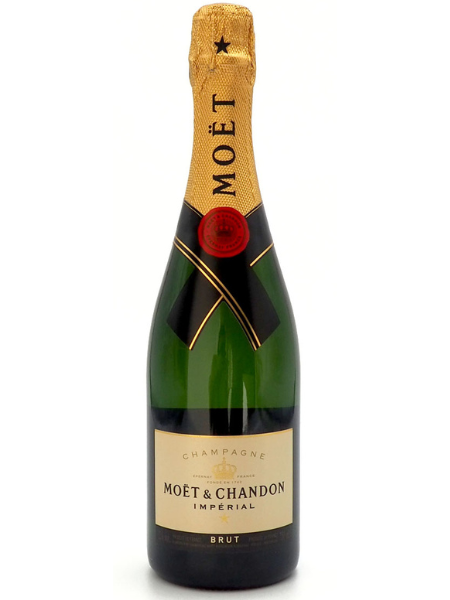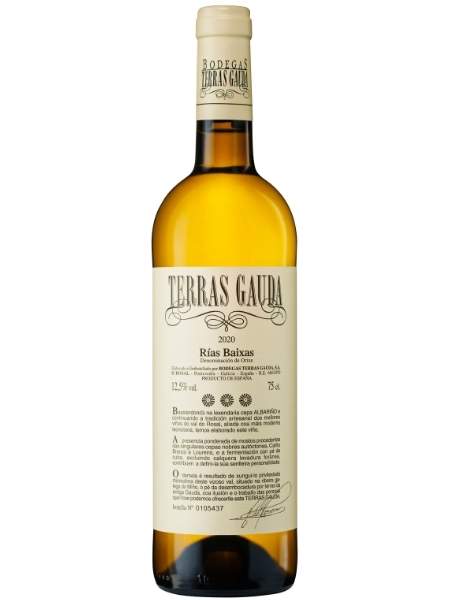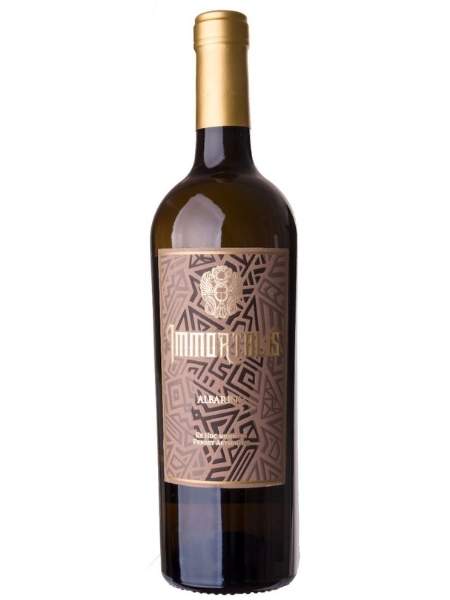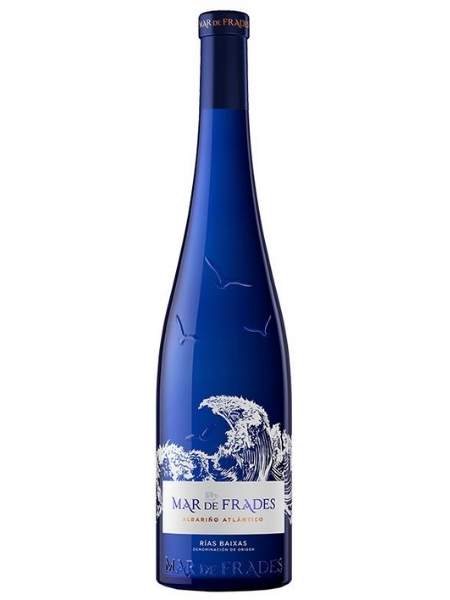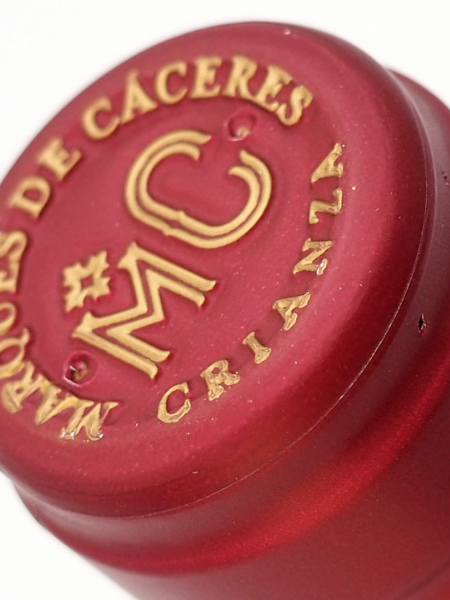
How To Cool Wine: Best Tips and Tricks

Throughout history, wine has held a special place as one of the most cherished and fascinating drinks. Its popularity stems not only from its delightful taste but also from the meticulous process involved in making it.
We all know that wine is no ordinary beverage. It demands a unique approach to appreciation and requires careful storage in order to preserve its distinct flavors. One critical factor in fully experiencing the wonders of wine is controlling its storage and serving temperature. By paying attention to this crucial detail, we can unlock the true potential and taste of each wine, taking our enjoyment to new heights.
In this blog post, we will explore the importance on wine temperature and its impact on the overall wine-drinking experience. We will share practical tips on how to effectively cool your wine bottles, ensuring they are served at the perfect temperature. Additionally, we'll provide insights on the ideal serving temperatures for different types of wines, guiding you on your journey to becoming a connoisseur of fine wines.
The Impact of Temperature on Wine
In order for the aromas of wine to develop optimally, it is crucial to maintain the wine at the ideal temperature. Serving wine at room temperature today often leads to it being too warm, resulting in a broad, sweet, and dissonant taste.
The alcohol and glycerol become more pronounced in an unfavourable manner, overshadowing the fresh and fruity accents. On the other hand, serving red wine at a temperature that is too cool can have negative consequences. It may make the wine appear thin and the tannins harsh, resulting in an inharmonious, bitter, and flat taste that fails to showcase its fullness and complexity.
In the past, wine was typically enjoyed at temperatures between 15 and 18 degrees Celsius, which was considered the norm for a "pleasant" experience. However, it is important to acknowledge that this norm has evolved over time.
Traditional Wine Chilling Methods and Best Practices
There are various methods to maintain your wine at the correct temperature, such as using your fridge or an ice water bag. However, it is not highly recommended to store wine in the fridge due to the following reasons:
- The light inside the fridge, which turns on every time the door is opened, can accelerate the wine's aging process and promote oxidation.
- The constant vibrations generated by the fridge's motor can disrupt the stability and proper development of the wine.
- The air in the fridge is often dry, which can have an adverse effect on the wine's cork.
Nevertheless, storing wine in the fridge can still be done for the following reasons:
- When a bottle is already open and you intend to consume it quickly.
- To chill a wine that will be served during the next meal or as an aperitif.
- To maintain a bottle of white or rosé wine at a temperature similar to that of a refrigerator.
One of the most effective methods for cooling a bottle is by using a cooling bucket, commonly referred to as a champagne bucket, despite its usage for other types of wine as well. It should be filled to approximately 7 centimeters below the rim.
In a room with a temperature of 20°C, using cold water and ice cubes, a bottle can reach a temperature of 7°C within 40 minutes if it originates from a cellar at 11°C, or within a couple of hours if it was at room temperature. It's important to note that certain special bottles may require longer cooling times.
Advanced Wine Chilling Techniques for Connoisseurs
An advanced technique for chilling wine involves the use of quick chill wraps. These wraps are a convenient and efficient way to cool down your wine bottles. They come in the form of envelopes that provide a stable and ambient temperature for your wine. The best part is that they are portable, allowing you to use them anytime and anywhere you desire.
If you're looking for more advanced cooling options, there are specialized devices available, particularly designed for the hospitality and catering industry. One such option is the eco 100 professional beverage cooler, which offers optimal cooling for various types of beverages. Another excellent choice is the 200 stainless steel professional beverage cooler, known for its durability and efficiency.
Innovative Wine Chilling Hacks to Impress Your Guests
If you're looking to impress your guests and showcase innovative ways to keep your wines fresh, there are several options you can try right in the comfort of your own home.
- Chill Sticks and Chopsticks: Keep reusable chill sticks in the freezer and insert them into your wine bottles when you desire a refreshing glass of wine.
- Organic: Enhance your wine experience by placing frozen grapes in your wine glass to maintain the ideal temperature while savoring the grapes themselves.
- Wine Stones and Cubes: Store these stones or cubes in the fridge and use them within a few hours. They preserve the flavor of the wine while chilling it, ensuring a more enjoyable taste.
Long-Term Wine Chilling and Cellar Storage
Having a wine cellar is like having a special house for your wine collection. It does two important things: it keeps the wine at the perfect temperature and protects it from light, which can mess up the taste. It's like a safe haven for your bottles, making them last longer so you can enjoy them more.
When wine hangs out in a cellar, it goes through some cool changes. It gets to mingle with wooden surfaces and soak up interesting smells. It also gets smoother with something called tannins and has a little chat with the air. All of these things make the wine taste different, but in a really good way!
As time passes and the wine stays in the bottle, its color starts to fade a bit. Red wines go from being super bright to a more brick-like shade, and then they even turn into a cool tile color. At the same time, the wines become smoother and more mellow, and the fancy ones have an even fancier smell. These changes help the wines reach their peak flavor.
So, having a wine cellar is like giving your wines their own special home where they can grow up and become even more awesome. It's like they have a secret place to become the best they can be. And when you finally open that bottle, you know it's going to be a real treat!
Serving Wine at the Perfect Temperature
To fully appreciate wine, it is important to be aware of some general guidelines regarding serving temperatures:
- Opulent and tannic red wines: 16 - 18 °C
- Fine and elegant red wines: 14 - 16 °C
- Light red wines, best consumed when young: 12 - 14 °C
- Rich and full-bodied white wines: 11 - 14 °C
- Dry white wines: 9 - 11 °C
- Sweet or syrupy white wines: 10 - 12 °C
- Rosé wines: 9 - 12 °C
- Champagne for aperitifs: 7 - 9 °C
- Vintage Champagne Temperature: 12 - 14 °C
Wine is a delicate product that requires careful consideration, particularly when it comes to storage and serving temperatures. If you wish to fully experience its true value and savor its aromas and flavors, it is crucial to plan ahead and serve it at the appropriate temperature.
Solving Wine Chilling Issues: Tips and Tricks
If you have a red wine that should be enjoyed slightly chilled, there are two ways to adjust its temperature. First, you can open the bottle and serve it, letting your guests know that it should be consumed slightly chilled. Don't worry, as the wine sits in the glass, it will gradually warm up on its own, increasing by about 2 to 3 degrees Celsius over the next 15 minutes. This happens naturally and is totally okay.
Another option is to use a decanter. Fill the decanter with very hot water and swirl it around to warm up the glass. Then, empty the water and pour the wine into the warmed decanter.
When the wine touches the hot decanter, it will quickly increase in temperature by around 2 degrees Celsius in just a few seconds. After that, the temperature will gently stabilize.
If the wine is too warm, especially for red wine, I suggest placing it in a bucket filled with cool water. It's not necessary to add ice cubes at this point, as the rapid temperature change could negatively impact the wine. Instead, allow the wine to naturally and gently cool down. Time is your ally, so avoid subjecting the wine to unnecessary temperature shocks.
In this article, we've covered some key points to remember when it comes to cooling your wine. First, we learned that despite its convenience, the refrigerator isn't the best choice for storing wine. Next, we highlighted the importance of considering the optimal temperature for your specific bottle at home.
We explored a range of cooling options, including cellars, beverage cooling machines, and even water ice bags. Not only that, we discovered creative ways to surprise your guests while ensuring your wine stays at the perfect temperature.
And here's the best part: it's never too late to adjust the temperature of your wine. Whether you need to cool it down or warm it up, we've got you covered. These tips are not only valuable for professionals but also for wine enthusiasts like yourself. So get ready to enhance your wine experience and indulge in the delightful flavors that await you.
Whether you're a big wine expert or just really love wine, the tips in this article will help you enjoy wine even more.Go to our online wine store to discover a vast selection of delicious international wines!

